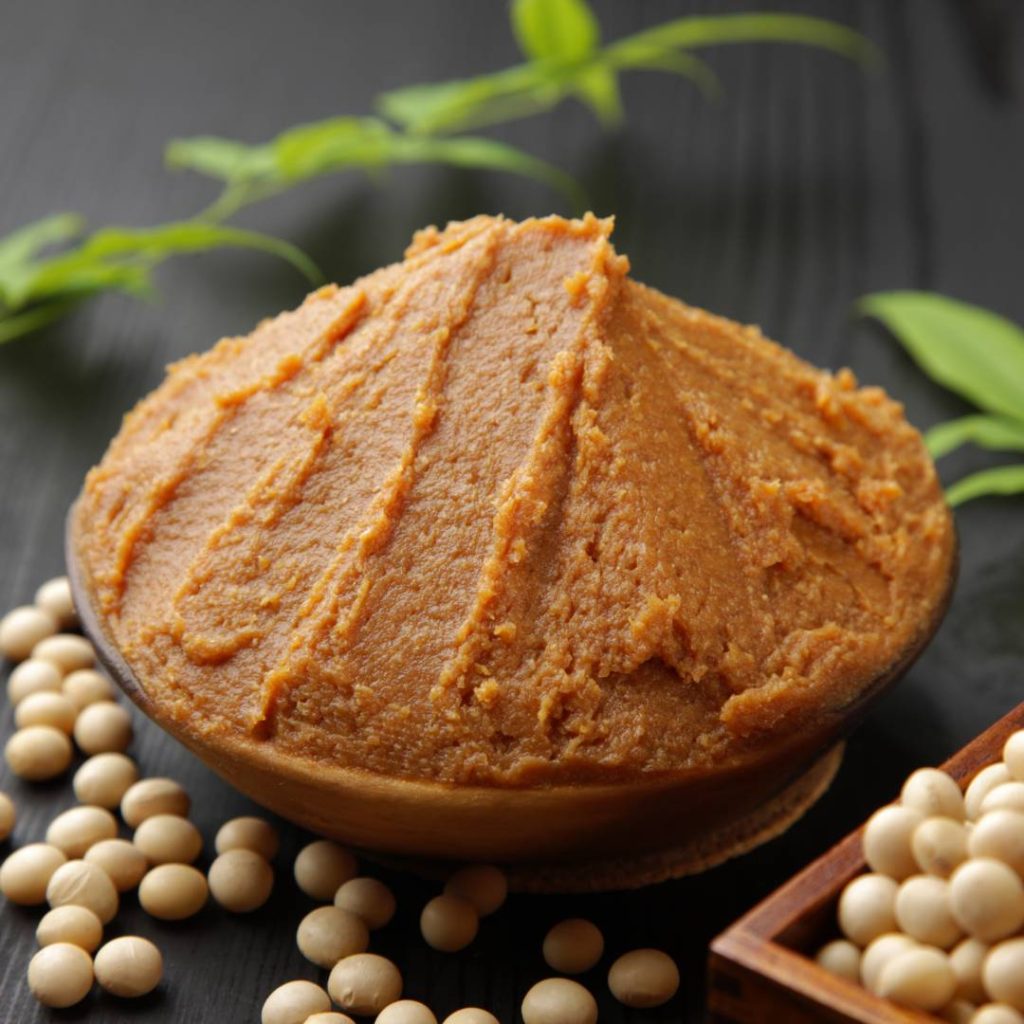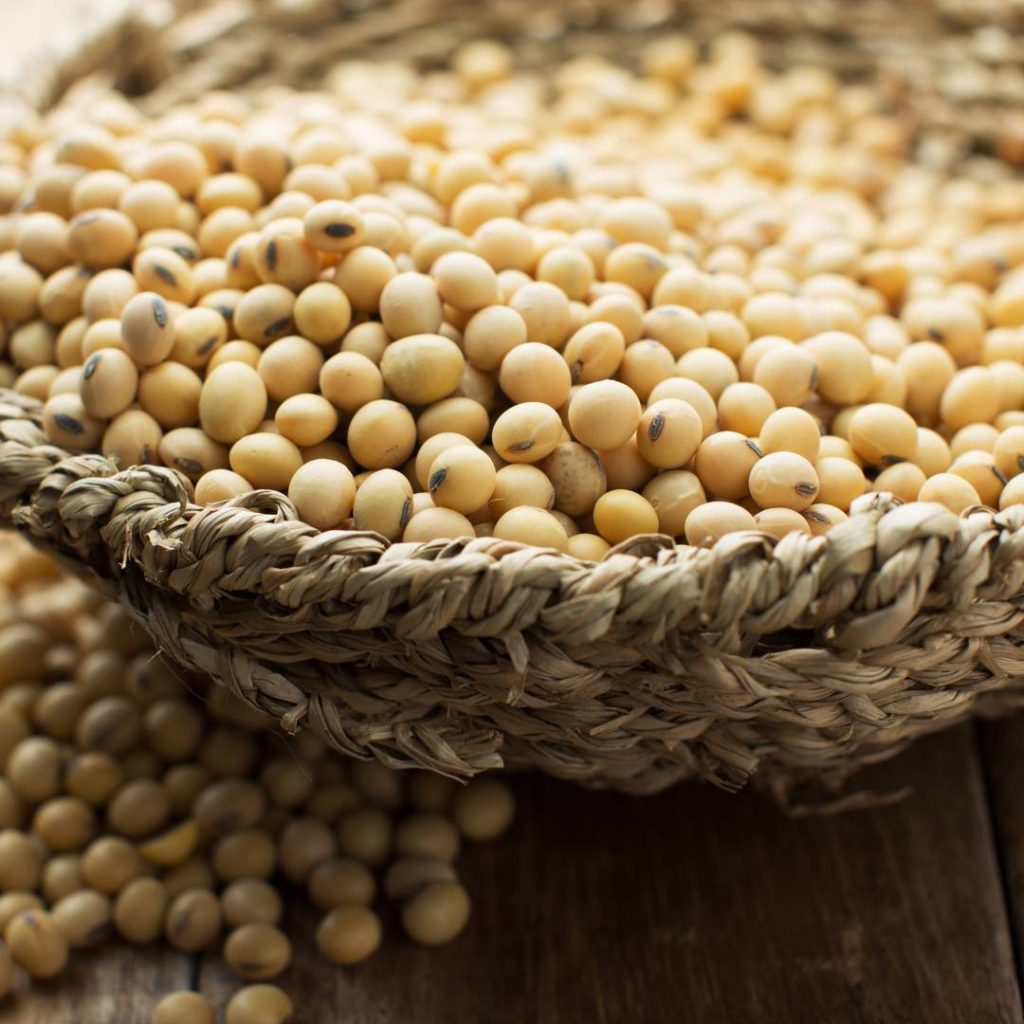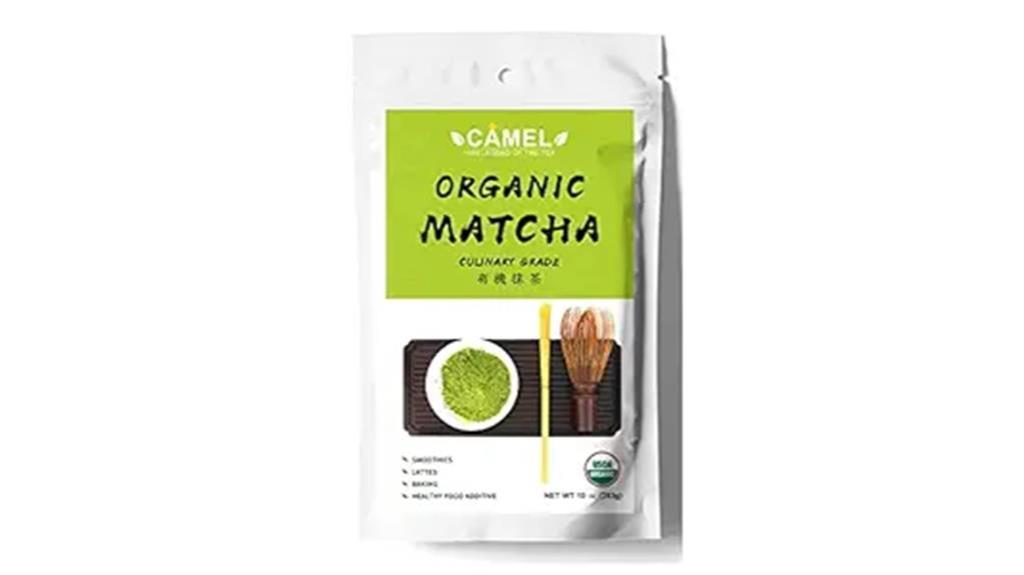Have you ever wondered if miso paste is gluten-free, vegan, or soy-free?
It’s such a versatile and beloved condiment, deeply rooted in Japanese cuisine for ages.
With its incredible umami flavor, it’s no wonder food enthusiasts around the world adore it.
But as more people explore different dietary preferences, questions about miso’s compatibility arise.
So, let’s embark on this flavorful journey together and get to the bottom of it: Is miso paste gluten-free, vegan, or soy-free?
We’ll unravel the mystery and shed some light on this ancient Japanese treasure that continues to fascinate palates and elevate dishes to new heights.
Join me as we dive into the world of miso paste and uncover its delicious secrets!

The Origins of Miso Paste
To learn about the origins of this delightful umami flavor enhancer, imagine yourself transported back in time to ancient Japan.
Miso paste, a staple in Japanese cuisine, has a rich history dating back thousands of years.
It’s believed to have been first created by accident when soybeans were left to ferment with salt and rice.
Over time, this fermentation process was refined and miso paste became a popular ingredient in traditional Japanese dishes.
The unique combination of soybeans, salt, and rice creates a complex and savory flavor that adds depth to soups, marinades, and dressings.
Today, miso paste is not only enjoyed in Japan but has also gained popularity worldwide for its delicious taste and versatility in vegan cooking.

Common Ingredients in Miso Paste
Imagine yourself exploring the world of miso paste, diving into its depths to uncover the common ingredients that create its irresistible and versatile flavor.
One of the main ingredients you’ll find in miso paste is soybeans. These legumes are fermented with the help of koji, a type of fungus, which gives miso its distinctive taste.
Additionally, some varieties of miso paste may include grains like rice or barley, which contribute to its complexity.
Salt is another crucial ingredient, as it helps to preserve the miso and balance out its flavors.
Finally, water is used to create the desired consistency of the paste.
These common ingredients work together harmoniously to create the rich and savory goodness that miso paste is known for.

Is Miso Paste soy-free?
No, miso paste is not soy-free.
Soybeans are the primary component of miso paste, and they are essential for the fermentation process that produces this condiment.
As a result, miso paste contains soy as a core ingredient, making it unsuitable for individuals with soy allergies or those following a soy-free diet.
It’s important to read product labels carefully and check for potential allergens when purchasing miso paste or any other food items.
If you have a soy allergy or dietary restrictions that exclude soy, you should avoid consuming miso paste or any products containing soy derivatives to prevent adverse reactions.
In such cases, you might want to explore alternative seasonings and condiments that are soy-free to suit your dietary needs.
Is Miso Paste Vegan
Miso paste has a rich umami flavor that adds depth to dishes. But is it vegan?
The answer depends on the ingredients used to make the miso paste.
While the traditional recipe includes soybeans, salt, and a fermenting agent called koji, some variations may contain fish or other animal products.
To ensure that you are consuming a vegan-friendly miso paste, it’s essential to read the label carefully or look for a certified vegan option.
If you prefer to avoid miso paste altogether, there are plenty of vegan alternatives available that can provide a similar flavor profile.
Alternatives to Miso Paste for Vegans
Looking for a plant-based alternative to add depth and flavor to your dishes?
If you’re a vegan or simply looking to avoid miso paste, there are several options available.
- One popular alternative is soy sauce, which is made from fermented soybeans and adds a savory umami flavor to your meals.
- Tamari, a gluten-free soy sauce, is another great option. It has a slightly richer and smoother taste compared to regular soy sauce.
- Another alternative is nutritional yeast, which has a cheesy and nutty flavor that can enhance the taste of your dishes.
- You can also try using tahini, a paste made from ground sesame seeds, which adds a creamy and nutty flavor to your recipes.
These alternatives can provide the same depth and flavor as miso paste while keeping your meals vegan-friendly.
Is Miso Paste Gluten Free
Are you following a gluten-free diet and wondering if miso paste is safe for you to consume?
Well, the good news is that miso paste can indeed be gluten-free.
While some types of miso paste may contain gluten due to the inclusion of barley or other gluten-containing grains, there are also gluten-free options available.
When choosing miso paste, it’s important to carefully read the label and look for a certified gluten-free seal to ensure that it meets your dietary needs.
Once you find a gluten-free miso paste, you can enjoy its rich umami flavor in a variety of dishes, from soups and marinades to dressings and glazes.
So, don’t worry, you can still savor the deliciousness of miso paste while maintaining a gluten-free lifestyle.
How to Choose Gluten-Free Miso Paste
When selecting miso for a gluten-sensitive diet, it’s crucial to carefully examine the label or contact the manufacturer to ensure it aligns with your dietary needs.
Look for miso pastes that are specifically labeled as ‘gluten-free‘ or ‘certified gluten-free.’
These products have undergone testing to ensure that they contain no gluten or only trace amounts that are within the safe limits for those with gluten sensitivities.
Additionally, check the ingredient list for any potential sources of gluten, such as wheat, barley, or rye.
Some miso pastes may be made with grains that contain gluten, so it’s important to double-check.
If you’re unsure about a particular brand or product, reach out to the manufacturer for clarification.
Taking these precautions will help you enjoy gluten-free miso paste without any worries.

Konnichiwa! (Hello!) I'm Pat Tokuyama, a Japanese tofu cookbook author, who travels for music, food, and adventure. If you like Japanese tea, checkout some of the newestorganic japanese tea, matcha bowls and noren and more!
** Curious about the Plant Based Japanese Cooking Club? ** Learn more here!
Enjoying Miso Paste in a Gluten-Free Diet
To savor the rich umami flavors of miso in your gluten-free diet, imagine spreading a velvety, savory condiment on warm, toasted bread or whisking a spoonful into a steaming bowl of soup.
Miso paste is a versatile ingredient that can be enjoyed in various ways.
You can use it as a marinade for grilled meats or vegetables, or even mix it into salad dressings for an extra burst of flavor.
With the right miso paste, you can enhance the taste of your gluten-free dishes and add a unique depth of flavor to your meals.
Conclusion
Miso paste is not gluten-free or soy-free, as it contains fermented soybeans as a key ingredient and often includes grains like rice or barley.
However, for those following a vegan diet, miso paste is a great option, as it doesn’t contain any animal-derived ingredients.
Despite its limitations to certain dietary restrictions, miso remains a beloved and versatile condiment, cherished for its unique umami taste and ability to elevate a wide array of dishes.
So, if you don’t have soy or gluten allergies, feel free to savor the delightful flavors of miso in soups, marinades, sauces, and more, adding an extra layer of depth to your culinary creations.
Just remember to be mindful of its ingredients to make the most of this ancient Japanese treasure in your cooking endeavors.
Want to learn everything about miso paste? Read my Miso Paste 101 Blog post now!











Konnichiwa! (Hello!) I'm Pat Tokuyama, a Japanese tofu cookbook author, who travels for music, food, and adventure. If you like Japanese tea, checkout some of the newestorganic japanese tea, matcha bowls and noren and more!
** Curious about the Plant Based Japanese Cooking Club? ** Learn more here!